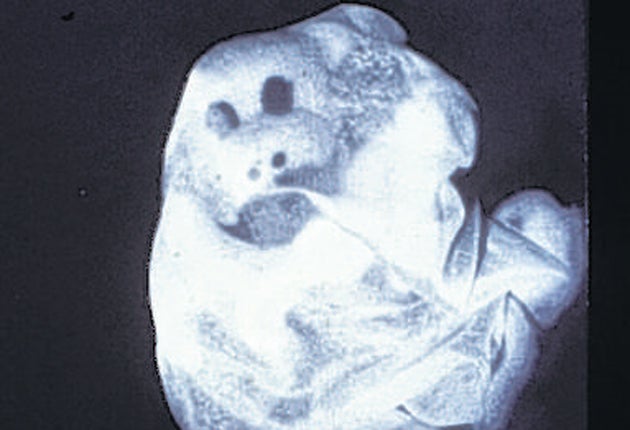David Askevold: The Disorientation Scientist, Camden Arts Centre, London

The late David Askevold is the kind of artist whose great influence on contemporary art is perhaps best tracked via his influence on other artists. As a teacher at California's CalArts in the 1970s he taught a generation of artists that included Mike Kelley and Tony Oursler, who were intrigued by his experiments in video, installation and photography, opening up, for them, a distinct form of eerie, edgy conceptualism. Indeed, it was Kelley who called him the "Disorientation Scientist", in an obituary in Artforum following Askevold's death in 2008. It's a useful moniker, used as the title of this small retrospective at Camden Arts Centre, in terms of understanding the artist's work, looking at hallucinogenic, psychedelic or dramatic experience with an analytical eye.
Askevold's work with rattlesnakes from the 1970s introduces the exhibition. Plotting and planning as though it were an important science experiment, The artist set up a situation in which six snakes were given metal balls so that they could play an improvised rendition of Kepler's Music of the Spheres. In video documentation one sees the snakes encircling the balls and pushing them around in their coils; Askevold recorded the sounds as they chimed against one another: an arrhythmic, dreamy sound that rings out in the exhibition space. We can read his plans, detailed nearby, for another action involving six participants who were to stand in a circle, baiting a bag of rattlesnakes with branches on a site in New Mexico. It sounds ill advised and dangerous, and, indeed, the work went terribly wrong: a snake bit a student volunteer, and the camera used to document the event was knocked over and ruined in the ensuing kerfuffle and rush to hospital. Askevold typed a written account of the accident, which is now presented as a work in itself. There a wild, even violent, sense of the "try anything" in these works that appears occasionally throughout this exhibition, but it's a sense that is often subdued or frustrated.
The Ghost of Hank Williams was, for a long time, an unrealised performance project that the artist sketched out in 1979. Fascinated by the country singer and his early death, Askevold planned to stage a performance of loops and recording equipment, in which dry ice would cascade from the ceiling, as "Ramblin' Man" would play, while a woman would call out "Hank! Hank!" It's a wonderfully evocative idea, but as an installation it's disappointing. There's a long wooden beam that one can sit on to watch some fragments on a television screen. It's hard to get much from this – the idea alone, sketched out in chalk, would have been better than this disappointing rendition.
Askevold laid photographs on top of one another to strong effect in Ten States in the West (1978), a woozy, hallucinogenic strip of photographic prints. In one frame we see a monochrome news image of a dead body under a pool table with its black blood covering the floor; this is overlayed with a glossy red-toned image of a woman's face – her siren's lips and eyes both cherry red. Fire – that unpredictable, seductive element – recurs throughout the exhibition. In the film Nova Scotia Fires (1969) we see it spreading, tumbling past the sea, dangerously close to the shore, licking the landscape and the water. It's magical, hypnotic and dangerous, like the best of Askevold's work.
To 25 September (020 7472 5500)
Subscribe to Independent Premium to bookmark this article
Want to bookmark your favourite articles and stories to read or reference later? Start your Independent Premium subscription today.

Join our commenting forum
Join thought-provoking conversations, follow other Independent readers and see their replies